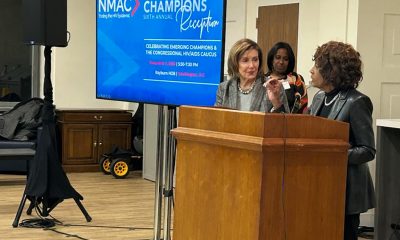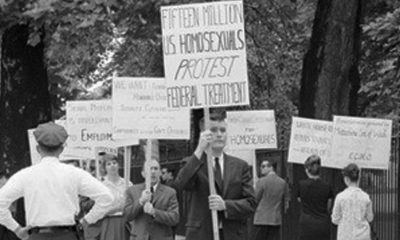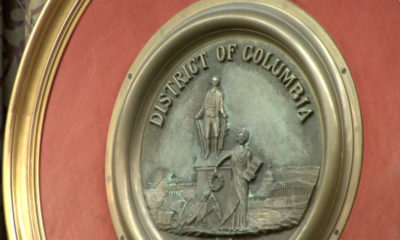Arts & Entertainment
Stonewall wasn’t the only LGBT riot
Lesser-known protests erupted in San Francisco

With the 50th anniversary of the June 1969 Stonewall riots in New York’s Greenwich Village taking place this weekend, the compelling story of how LGBT people fought back following the police raid on the Stonewall Inn gay bar will likely capture the attention this week of the LGBT community and its allies.
But those familiar with LGBT history point out that there were three other riots besides Stonewall in which LGBT people fought back against injustices by police, government officials, and society in general. All of them took place in San Francisco.
Compton’s Cafeteria Riot
One of them, known as the Compton’s Cafeteria Riot, took place in San Francisco’s Tenderloin neighborhood in August 1966, three years before Stonewall. Those familiar with it say it was led by LGBT people known then as drag queens and “cross dressers” but who today would be known to be transgender women.
Many of them hung out at the late night cafeteria, which operated as a restaurant.
According to an account by transgender historian Susan Stryker in her 2008 book “Transgender History,” the cafeteria’s trans customers and their gay male friends were frequently harassed by the cafeteria’s management and by police in the early and mid-1960s.
At the time, so-called “cross-dressing” was illegal in San Francisco, and police and local regulatory agencies often threatened to close bars or eateries like Compton’s for allowing such people to patronize their establishments.
Stryker reports in her book that the Compton’s Cafeteria riot was triggered when a police officer attempted to arrest a trans woman inside the cafeteria and she responded by throwing the coffee she was drinking in the officer’s face.
That act of defiance, coming on the heels of years of harassment by the police, prompted other trans people and their friends to “erupt,” Stryker wrote. People began to throw dishes and furniture and the cafeteria’s plate glass windows were smashed. When police reinforcements rushed to the scene the fighting spilled into the street, where people smashed the windows of a police car and set a sidewalk newsstand on fire.
Stryker, who also co-produced a documentary film on the riot called “Screaming Queens: The Riot at Compton’s Cafeteria,” reports that more than a dozen people were taken away by police in paddy wagons that night.
She reported that on the next night more transgender people, sex workers, Tenderloin neighborhood “street people,” and LGBT people in general returned to the scene to picket Compton’s Cafeteria after learning the management had banned transgender people from going back to the establishment.
In what observers consider an important pre-Stonewall development for LGBT rights, trans and LGBT youth under the guidance of the progressive Glide Memorial Church in San Francisco formed a group that staged protests over the next year or two against police harassment of trans and gay youth in the Tenderloin area.
White Night Riots
What has become known as the White Night Riots erupted in San Francisco on May 21, 1979 hours after news broke that a jury had rejected prosecutors’ call for a first-degree murder conviction for the man who assassinated gay rights icon and San Francisco Supervisor Harvey Milk and the city’s pro-LGBT mayor George Moscone.
To the shock and horror of San Francisco’s large LGBT community and its allies, the jury instead convicted ex-police officer and former supervisor Dan White of voluntary manslaughter for the two killings, prompting a judge to sentence him to seven years and eight months in prison. With good behavior, he would be eligible for release after serving just five years.
Legal observers said the jury appeared to have been persuaded by the defense attorneys’ argument that White suffered from an impaired mental state due to depression and the excessive consumption of fast food, which later became known as the “Twinkie defense.”
Police and prosecutors said White shot Milk and Moscone on Nov. 27, 1978 multiple times in the head and body execution style with a handgun inside their offices at City Hall, which White entered through an unguarded door he knew about as a former supervisor.
According to accounts by the media and by longtime LGBT and AIDS activist Cleve Jones, who worked on Milk’s staff and who was present during the riots, the LGBT community responded to the news about White’s verdict by organizing a peaceful protest in the city’s largely gay Castro neighborhood.
What started with about 500 people quickly grew to 1,500 as the protesters marched through the streets and swelled to more than 5,000 as the crowed reached City Hall in what observers described as an angry mood that took on the air of a mob.
Media accounts say some in the crowd began to smash the windows and glass front doors of the City Hall building as several of Milk’s friends and longtime supporters attempted to hold the crowd back. Although police officials said later that the large number of police officers dispatched to the scene were directed to hold back the crowd, many officers waded into the crowd and attacked the protesters with nightsticks, inflaming what was already a volatile situation.
The police action prompted angry protesters to begin smashing the windows of police cars and setting them and other cars on fire by tossing lit matchbooks into the cars, causing the gas tanks to explode. At least a dozen police cars and eight other cars were destroyed that way before the rioting ended later in the evening.
Media reports said at least 61 police officers and an estimated 100 or more protesters or members of the public were hospitalized as a result of the rioting. Additional people were injured, media reports said, when a group of police officers disobeyed orders from the chief of police not to retaliate and raided a gay bar in the Castro neighborhood later in the evening.
Witnesses said the renegade officers, who placed tape over their nametags and badges, smashed the Elephant Walk bar’s windows and attacked its patrons for about 15 minutes. They then went out on the street and attacked others they believed to be gays who participated in the rioting.
Further LGBT organized protests took place in the following days that did not trigger violence. One of the later protests drew more than 20,000 people who assembled peacefully at Castro and Market Streets. The city’s then mayor, Dianne Feinstein, and gay Supervisor Harry Britt, who replaced Milk on the Board of Supervisors, vowed to take steps to protect the rights of LGBT people and curtail anti-LGBT violence.
AB 101 Veto Riot
The last of the three known other LGBT riots took place in San Francisco on Sept. 30, 1991. Similar to the White Night Riots, it was triggered by breaking news earlier that day.
Then-California Gov. Pete Wilson (R) vetoed a major gay rights bill approved by the state legislature known as Assembly Bill 101, which called for banning employment discrimination based on someone’s sexual orientation. Wilson initially suggested he would sign the legislation, but political observers said he changed his mind at the behest of his party’s religious right faction and other conservatives whose support he needed for his re-election bid.
Several thousand outraged LGBT activists and their supporters marched from the Castro district to a downtown state office building to protest Wilson’s veto. The crowd far outnumbered startled police officers, who were not expecting such a large turnout. According to media reports, a small number of protesters smashed the building’s first floor windows and door, entered the building and started a fire that was quickly extinguished by firefighters but which resulted in more than $150,000 in damages.
That same week about 2,000 angry LGBT protesters in Los Angeles marched from West Hollywood to the Los Angeles Museum of Art, where Wilson was attending an opening of an exhibition of Mexican art, according to the L.A. Times. The protesters stopped short of rioting but set a California state flag on fire and burned Wilson in effigy, the Times reported.
Books
‘Dogs of Venice’ looks at love lost and rediscovered
A solo holiday trip to Italy takes unexpected turn
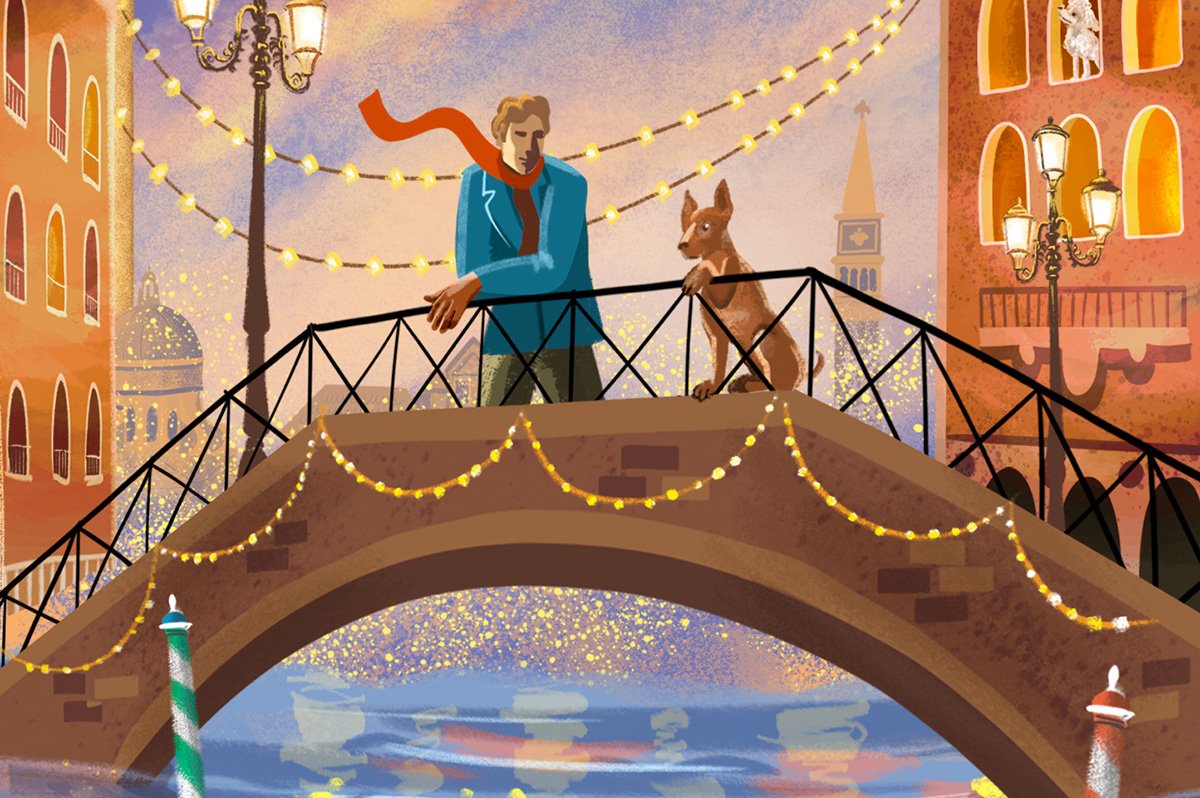
‘The Dogs of Venice’
By Steven Crowley
c.2025, G.P. Putnam & Sons
$20/65 pages
One person.
Two, 12, 20, you can still feel alone in a crowded room if it’s a place you don’t want to be. People say, though, that that’s no way to do the holidays; you’re supposed to Make Merry, even when your heart’s not in it. You’re supposed to feel happy, no matter what – even when, as in “The Dogs of Venice” by Steven Rowley, the Christmas tinsel seems tarnished.

Right up until the plane door closed, Paul held hope that Darren would decide to come on the vacation they’d planned for and saved for, for months.
Alas, Darren was a no-show, which was not really a surprise. Three weeks before the departure, he’d announced that their marriage wasn’t working for him anymore, and that he wanted a divorce. Paul had said he was going on the vacation anyhow. Why waste a perfectly good flight, or an already-booked B&B? He was going to Venice.
Darren just rolled his eyes.
Was that a metaphor for their entire marriage? Darren had always accused Paul of wanting too much. He indicated now that he felt stifled. Still, Darren’s unhappiness hit Paul broadside and so there was Paul, alone in a romantic Italian city, fighting with an espresso machine in a loft owned by someone who looked like a frozen-food spokeswoman.
He couldn’t speak or understand Italian very well. He didn’t know his way around, and he got lost often. But he felt anchored by a dog.
The dog – he liked to call it his dog – was a random stray, like so many others wandering around Venice unleashed, but this dog’s confidence and insouciant manner inspired Paul. If a dog could be like that, well, why couldn’t he?
He knew he wasn’t unlovable but solo holidays stunk and he hated his situation. Maybe the dog had a lesson to teach him: could you live a wonderful life without someone to watch out for, pet, and care for you?
Pick up “The Dogs of Venice,” and you might think to yourself that it won’t take long to read. At under 100 pages, you’d be right – which just gives you time to turn around and read it again. Because you’ll want to.
In the same way that you poke your tongue at a sore tooth, author Steven Rowley makes you want to remember what it’s like to be the victim of a dead romance. You can do it here safely because you simply know that Paul is too nice for it to last too long. No spoilers, though, except to say that this novel is about love – gone, resurrected, misdirected – and it unfolds in exactly the way you hope it will. All in a neat evening’s worth of reading. Perfect.
One thing to note: the Christmas setting is incidental and could just as well be any season, which means that this book is timely, no matter when you want it. So grab “The Dogs of Venice,” enjoy it twice with your book group, with your love, or read it alone.
The Blade may receive commissions from qualifying purchases made via this post.
a&e features
Local, last-minute holiday gift ideas
Celebrate the season while supporting area businesses

The DowntownDC Holiday Market is bustling. Union Station is decked out with its annual Christmas tree. Washingtonians have wrapped their houses and apartment balconies with festive lights and holiday decorations. The holiday season is here. And with stockings to fill and empty space under the tree, Washington’s local shops and artists have plenty to offer.
Show your LGBTQ and D.C. pride with the Washington Blade’s annual holiday gift guide.
To embrace the holiday buzz: The Blanco Nwèl cocktail from Alchy Cocktails. This Caribbean eggnog is one of Alchy Cocktail’s seasonal holiday cocktails. The flavor profile is similar to coquito, a traditional Puerto Rican Christmas drink with a coconut base. As a queer and Caribbean-owned business, Alchy Cocktails has been based out of Washington since 2021. Blanco Nwèl is available in both cocktail ($24) and mocktail ($12) online and at a variety of holiday markets, including the Tingey Plaza Holiday Market, the Flea Market at Eastern Market, Union Station’s Main Hall Holiday Market, and more. ($24)
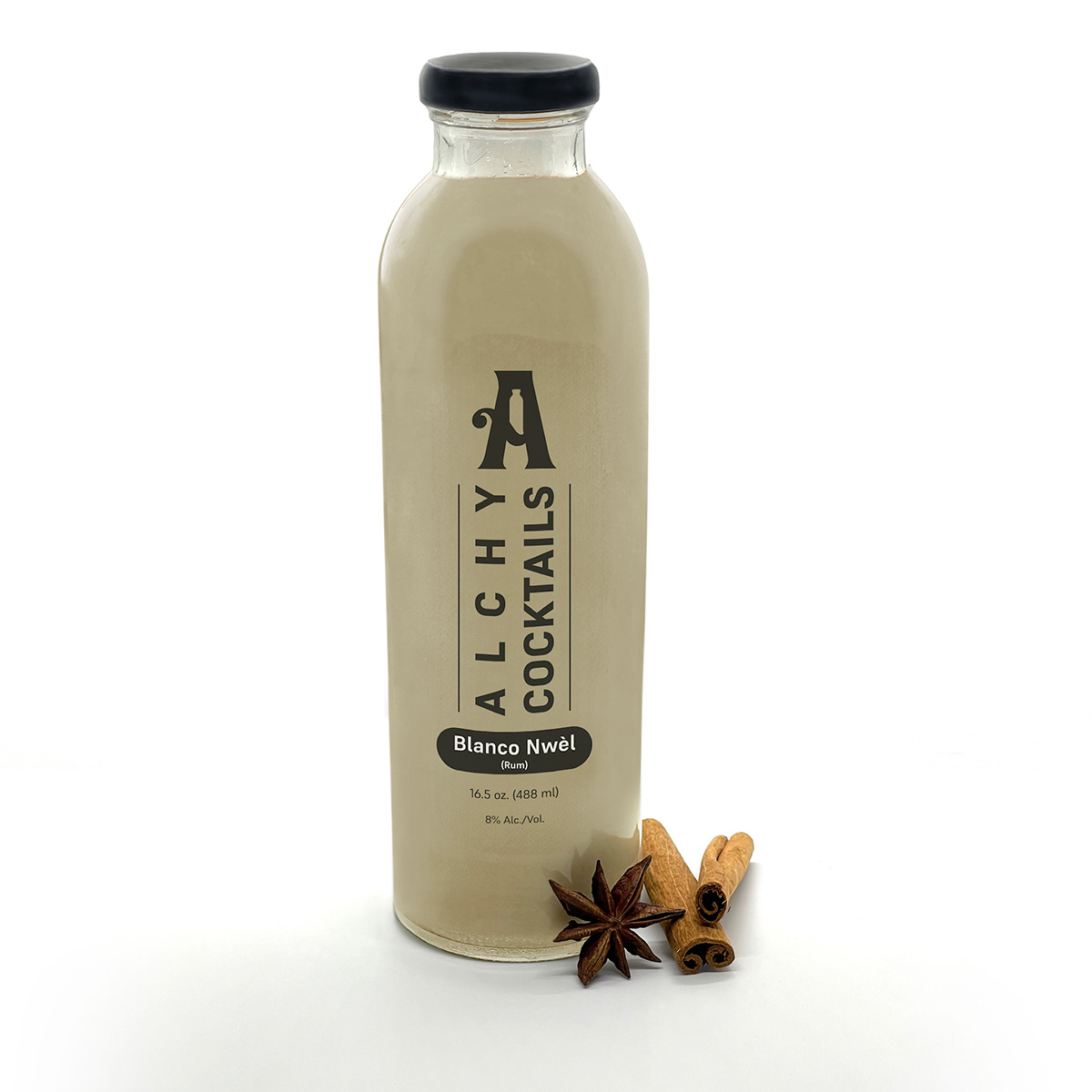
A spicy bite: Gordy’s Cajun Okra from Salt and Sundry. These spicy, tangy pickles pull on Southern Cajun-style flavors, packing a punch with paprika, cayenne, and more. Gordy’s is an LGBTQ-owned and Washington-based brand, making this gift an opportunity to support a local LGBTQ business straight from the jar. This pantry staple is available on Salt & Sundry’s website and at its locations in Union Market, Logan Circle, and its Georgetown holiday pop-up store. ($14)
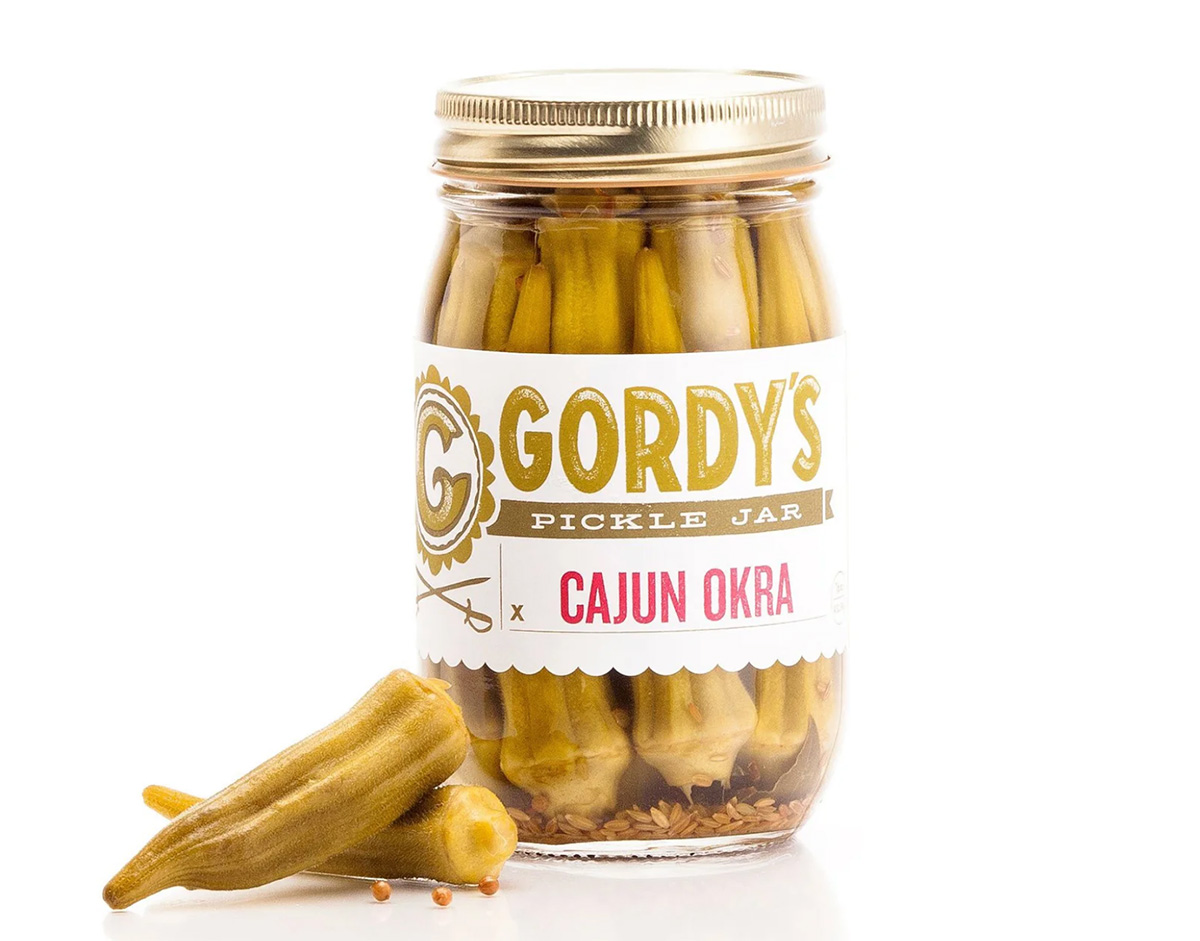

To celebrate Washington pride: The DC Landmark Tote Bag from The Neighborgoods. Native Washingtonians, visitors, friends and family alike will find something to love about this Washington-themed tote bag. Food trucks, the 9:30 Club, the Metro logo and pandas from the National Zoo are just some of the city’s landmarks depicted across the tote in a red, white, and blue color palette. The tote is a part of the DC Landmarks collection, which donates 10 percent of its sales to the American Civil Liberties Union. The Neighborgoods itself is a local, woman-owned business built out of a passion for screen-printing in 2013. The 100 percent cotton canvas tote is for sale online or at the DowntownDC Holiday Market. ($22)
To give friends and family their flowers: The Flowers Bandana from All Very Goods. This 100 percent cotton bandana was designed in Washington and hand printed in India. Its uniqueness comes in being covered with the faces of Black women, representing a “love letter to all women but especially Black women,” according to All Very Goods. The Black woman-owned and operated business, based out of Northwest Washington, has a mission to celebrate diversity and representation through its products. The bandana intends to give Black women their “flowers.” The Flowers bandana is available for purchase online. ($24)
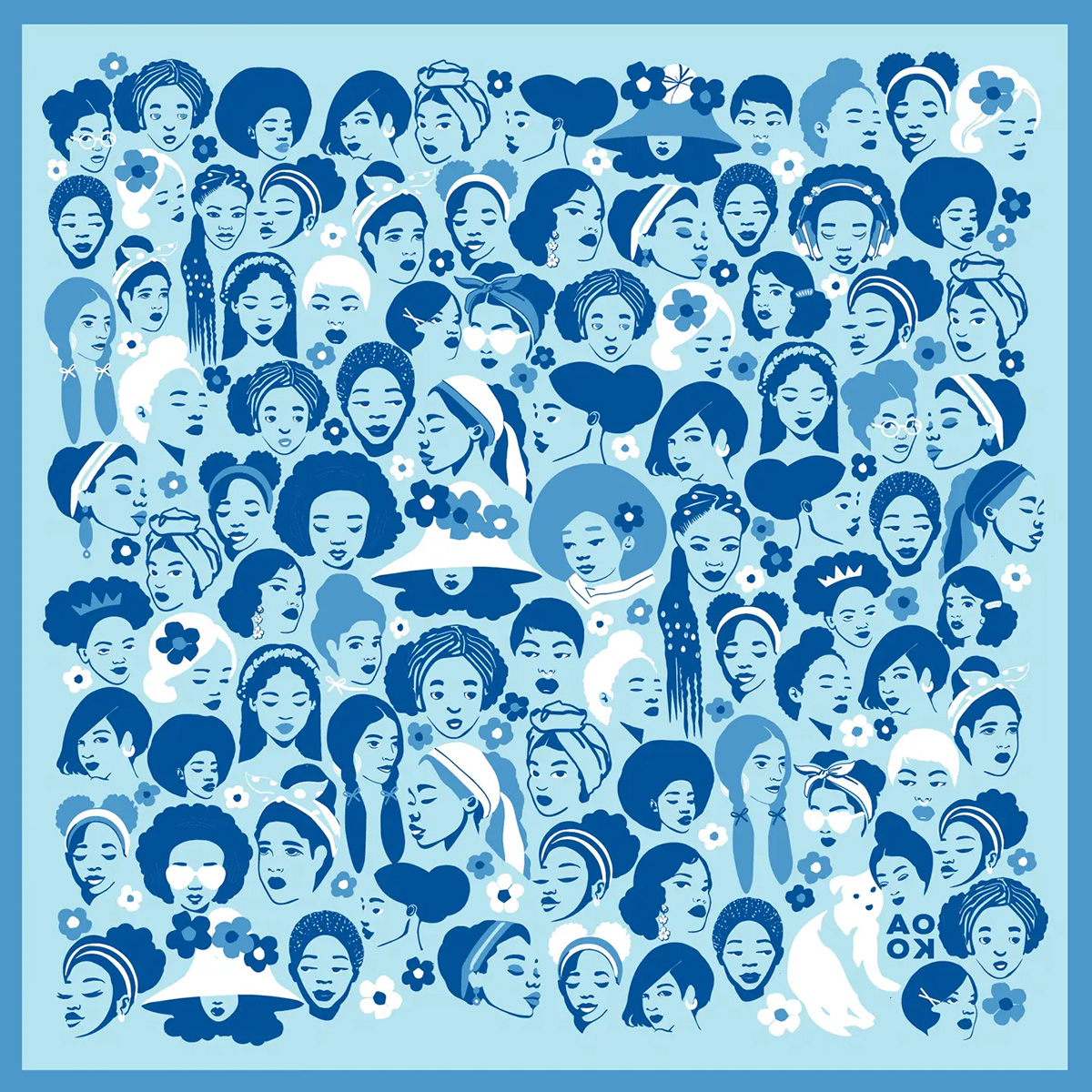
To unlock culinary creativity: The Curious Chef Gift Collection from Each Peach Market. This customizable collection of kitchen oddities — ranging from tinned fish to chili oil — is a quirky gift for the most inventive chefs. The collection is available in a Standard Santa, Extra Goodies and Super Holiday Size for up to $165. The Washington-based market, founded in 2013, permits customers to make the collection special by specifying what unique ingredients are packaged, including products made by local or LGBTQ brands. Each Peach Market offers assembly and pick up in-person at its Mount Pleasant shop and also offers local delivery and nationwide shipping via its website. ($85)
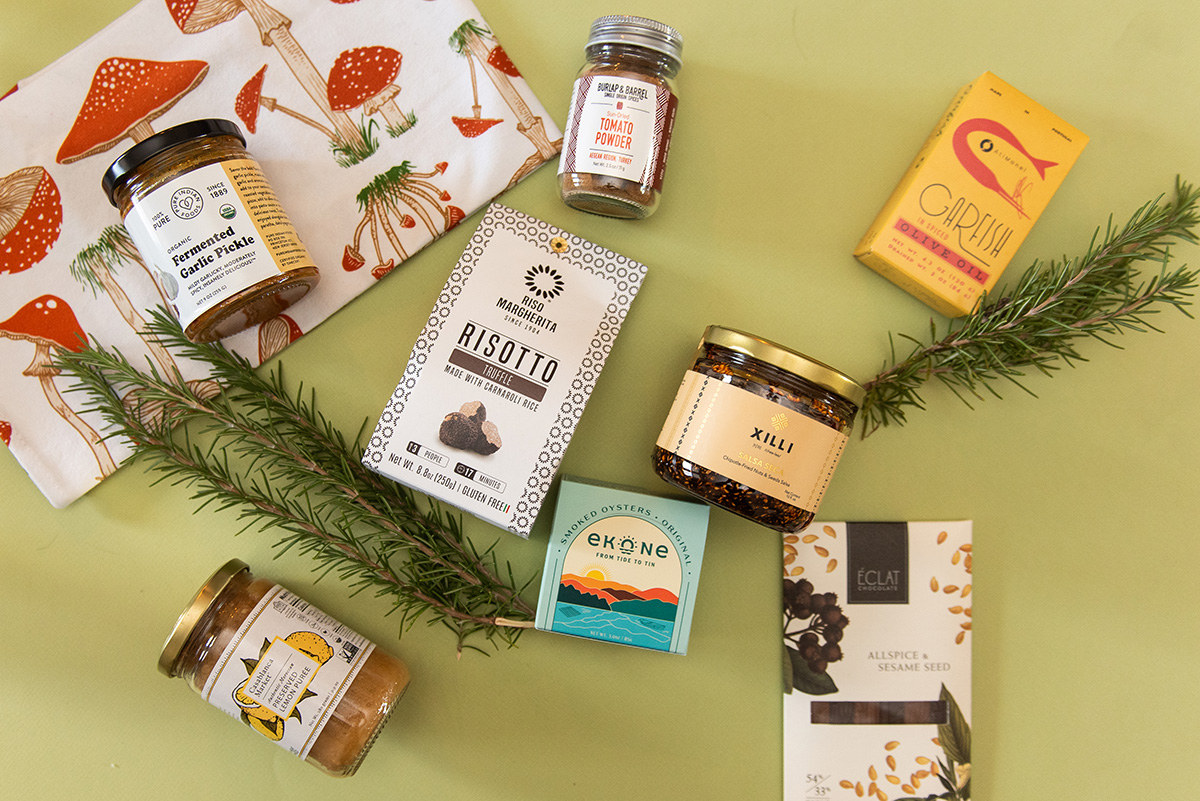
To give a touch of sweetness: The DC Landmark Chocolate Covered Oreo Holiday Cookies from Capital Candy Jar. Wrapped in a festive red bow, this box of nine cookies embraces love for Washington and the holiday season in one. Among the dark and milk chocolate covered cookies are images of the U.S. Capitol, the White House, the Lincoln Memorial, the Jefferson Memorial and festive hollies. The treat, packaged in a Hill East facility just a few blocks from the Capitol, is available for purchase online and at the DowntownDC Holiday Market. ($23.95)

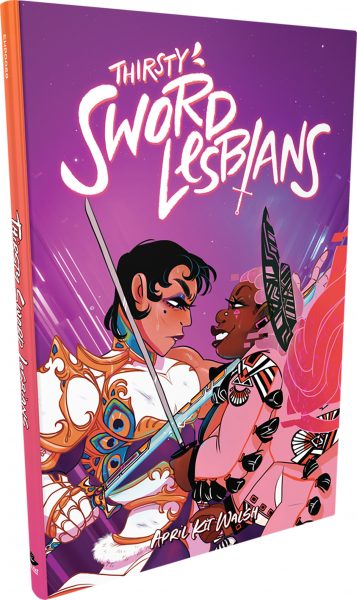
To celebrate queer gaming: Thirsty Sword Lesbians from Labyrinth Games & Puzzles. This roleplaying game embraces lesbian culture by unlocking a world of swords, romance, and battle. Ideal for group settings, the book presents a system of world building and character identities that are best brought to life by creative minds. Labyrinth, which has been a local Washington business for more than 15 years, celebrates non-digital fun through games and puzzles that connect the community. This gift is offered online and at Labyrinth’s Capitol Hill location. ($29.99)
To make a bold statement: The “Resist” T-shirt from Propper Topper. This locally screen-printed black tee features the Washington flag designed within a raised fist, symbolizing both Washington pride, and political resistance. The shirt is made exclusively by Propper Topper, a local Washington business that evolved from a hat shop to a gift store since opening in 1990. The tri-blend unisex shirt is available both for pickup at Propper Topper’s Cathedral Heights location and shipping via the online site. ($32)
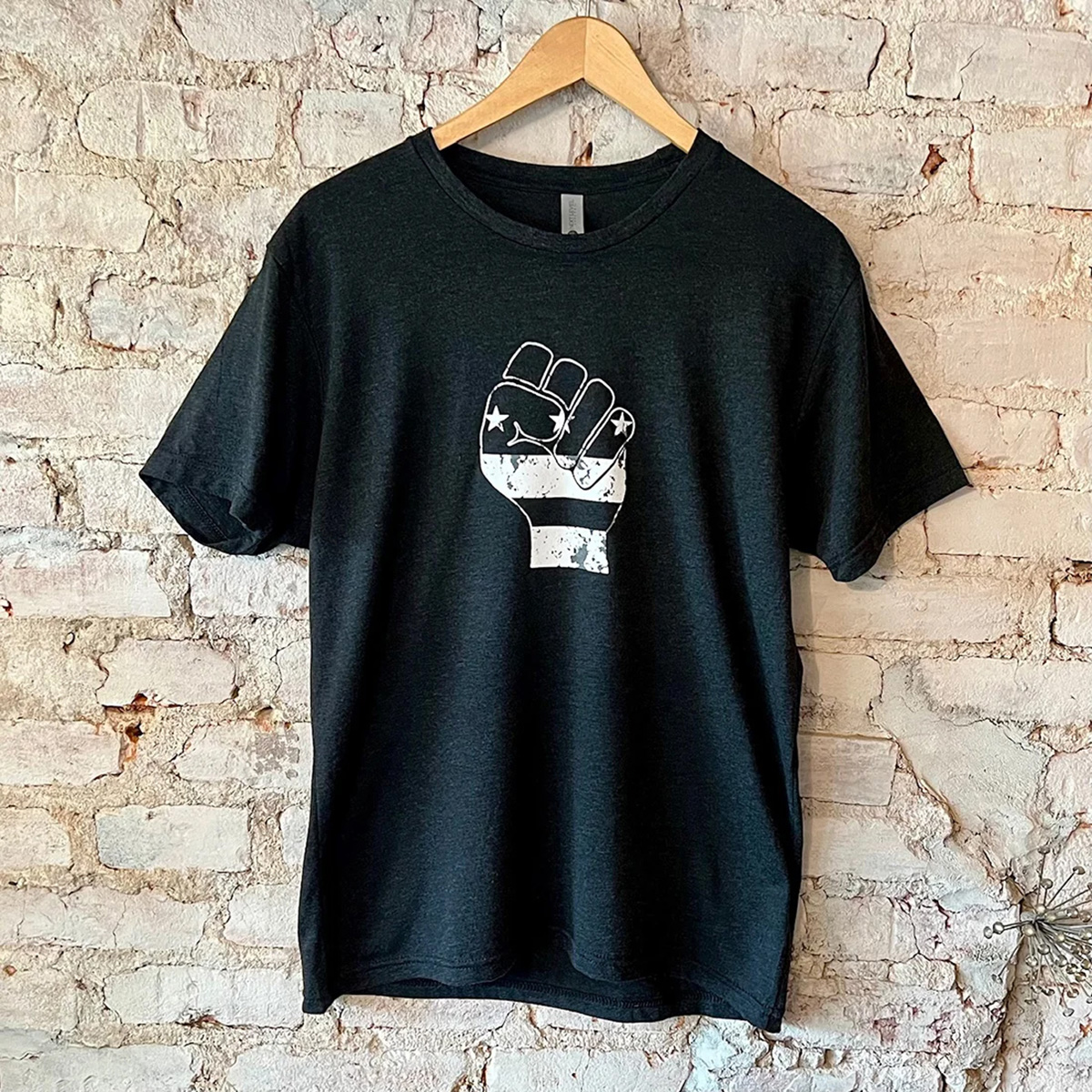
To keep it c(g)lassy: The Glass Ball earrings from Blue Moon Aquarius. Gifting can rarely go wrong when it comes to a new pair of earrings. The unique statement earrings — made of polymer clay, glass, and 18k gold plating over surgical steel — are hand cut, sanded and assembled in Washington, meaning each set is unique. Blue Moon Aquarius, a local brand, is known for its small batch jewelry and home decor designed with clay materials. Available in oxblood, hunter green, lavender, and bluestone color palettes, these earrings are available for purchase on Blue Moon Aquarius’ website and at the DowntownDC Holiday Market. ($48)
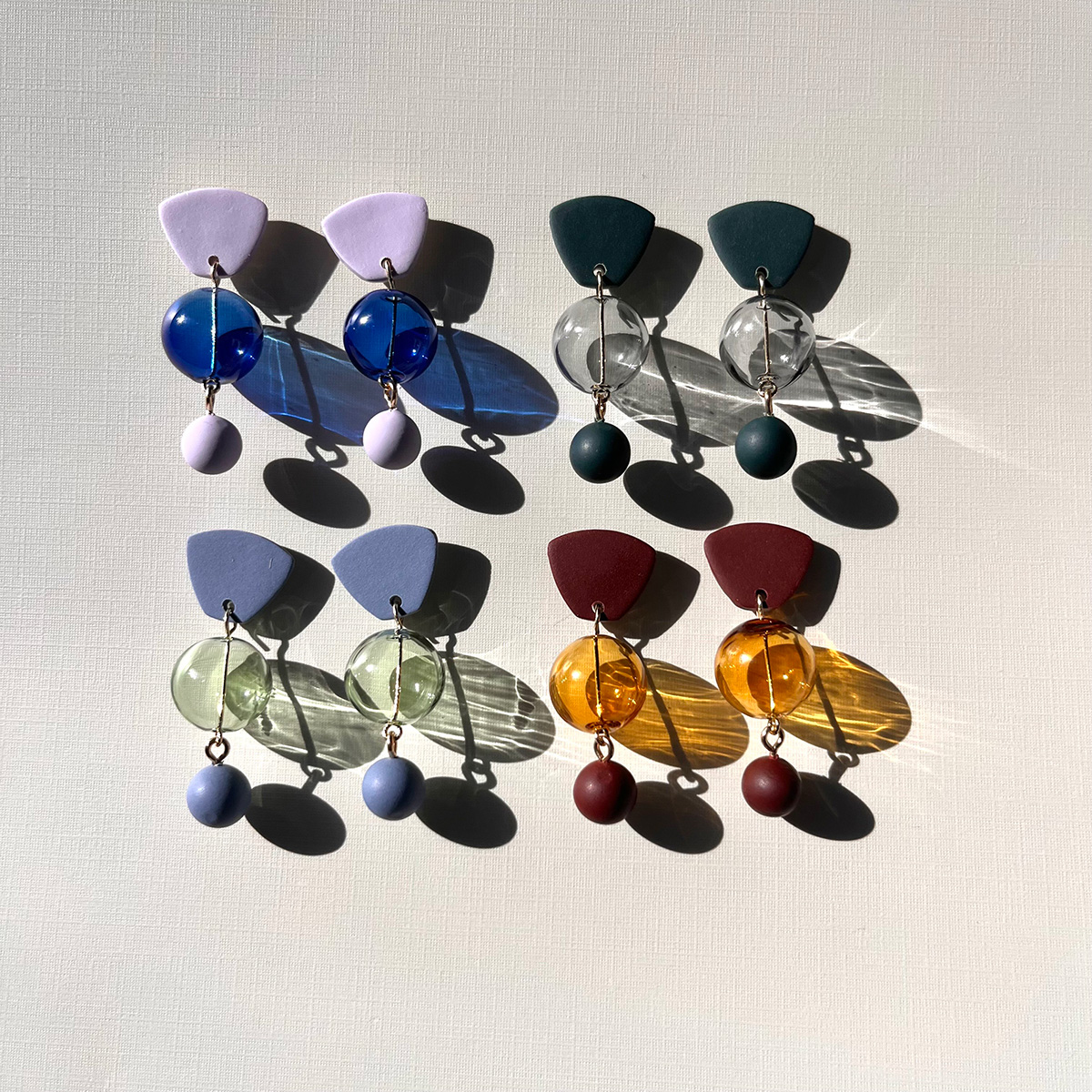
To elevate a holiday tea or charcuterie party: The Honey Flight: Tea Lover’s Selection from BannerBee. This local honey company presents the ideal gift to make cozying up with a cup of tea slightly more special. The Honey Flight contains three types of raw wildflower honey infused with fair trade Ugandan vanilla bean, chai spices, and locally sourced lemon thyme herb. The gift is also an opportunity to uplift a family company based in the Mid-Atlantic that offers all-natural, sustainable products. The flight is available online, at the DowntownDC Holiday Market or at the Arlington Courthouse and Dupont Farmers’ Markets. ($36)

For Baltimore shoppers: If you’re in Charm City, don’t miss Balston Mercantile, opened by a gay couple in June. Their gorgeous shop in the Hampden neighborhood offers an array of unique, upscale finds, from barware and artwork to cookbooks and home decor and more. (849 W. 36th St.)
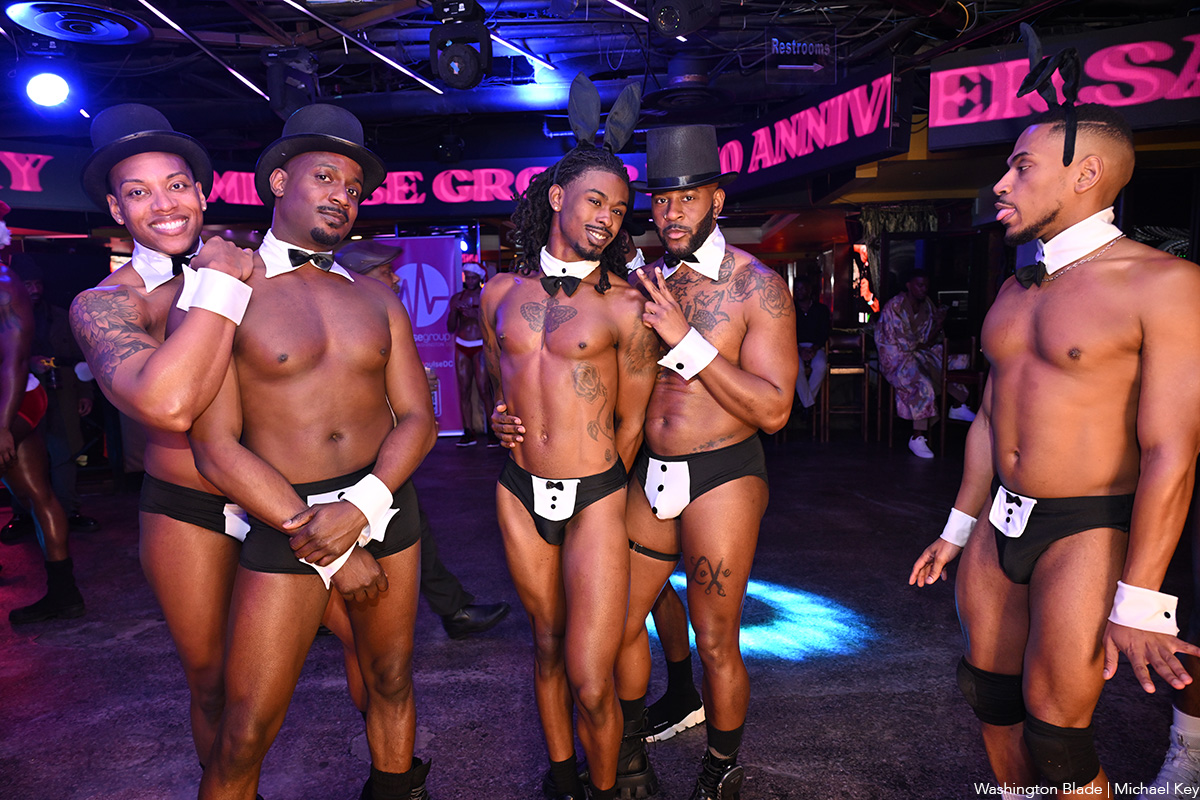
Impulse Group DC held “10’s Across the Board: A Celebration of 10 Years” at Bravo Bravo (1001 Connecticut Ave., N.W.) on Sunday, Dec. 14. Impulse Group DC is a volunteer-led 501(c)(3) and affinity group of AIDS Healthcare Foundation dedicated “to engaging, supporting, and connecting gay men” through culturally relevant health and advocacy work.
(Washington Blade photos by Michael Key)
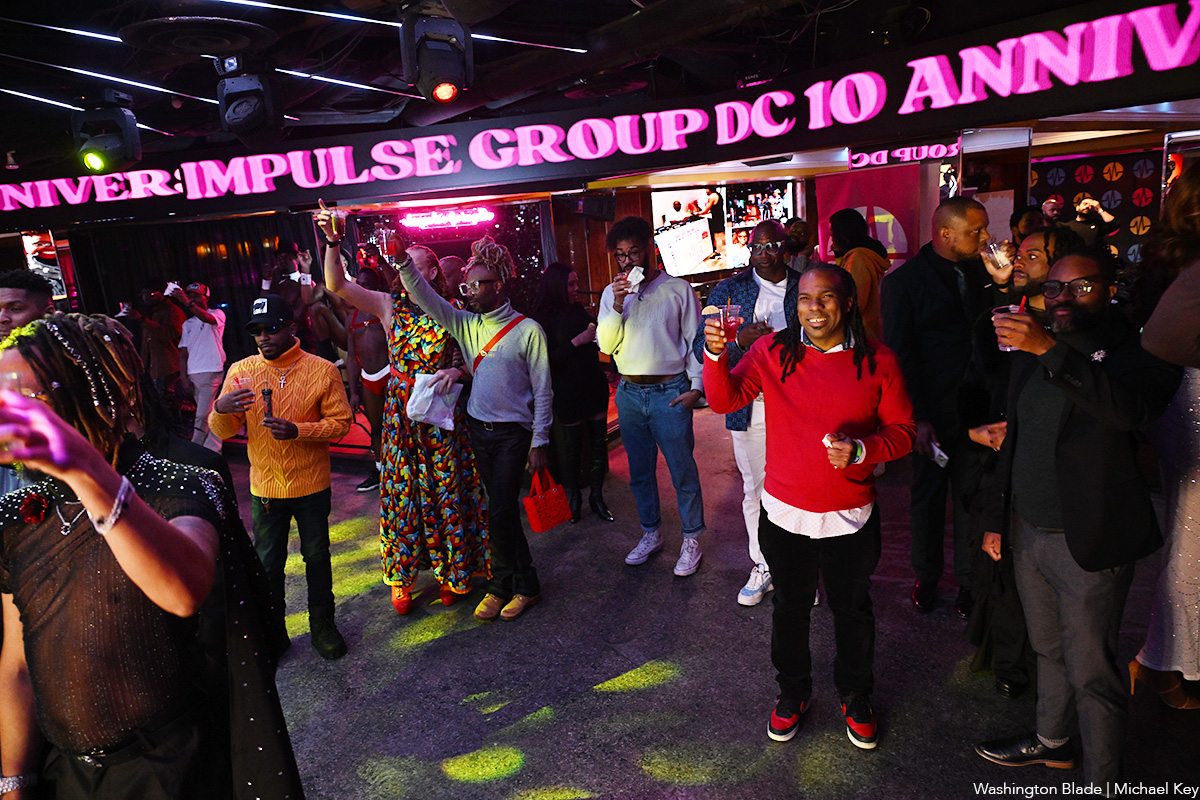
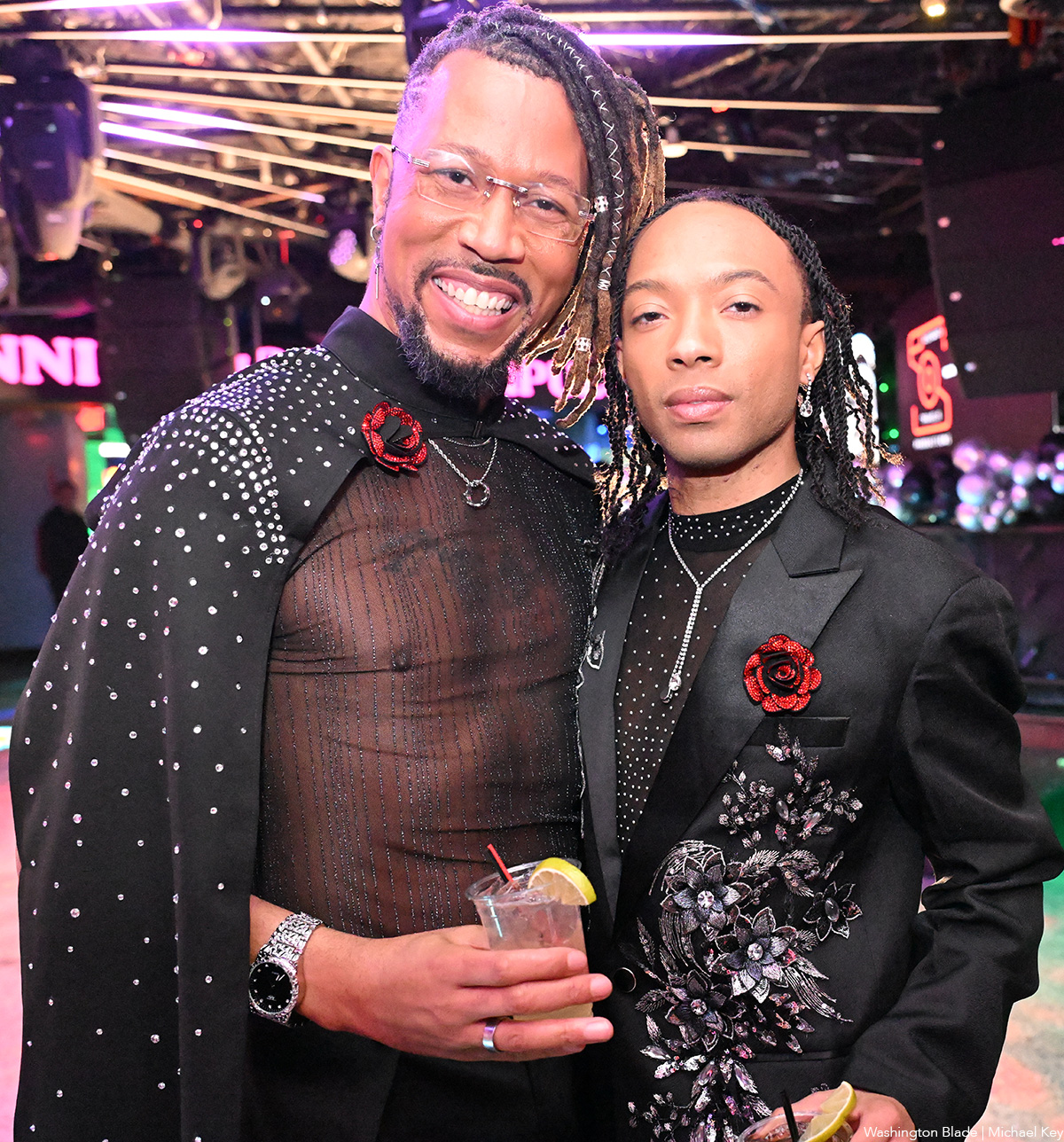
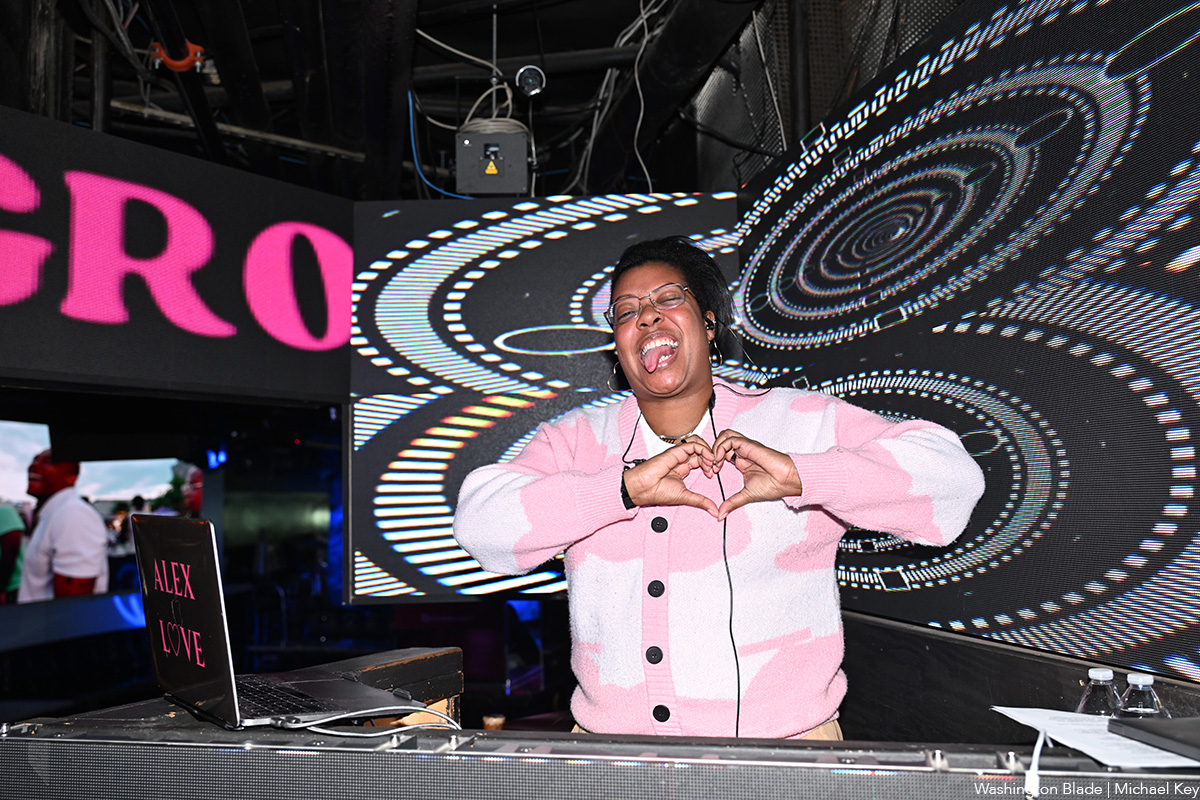
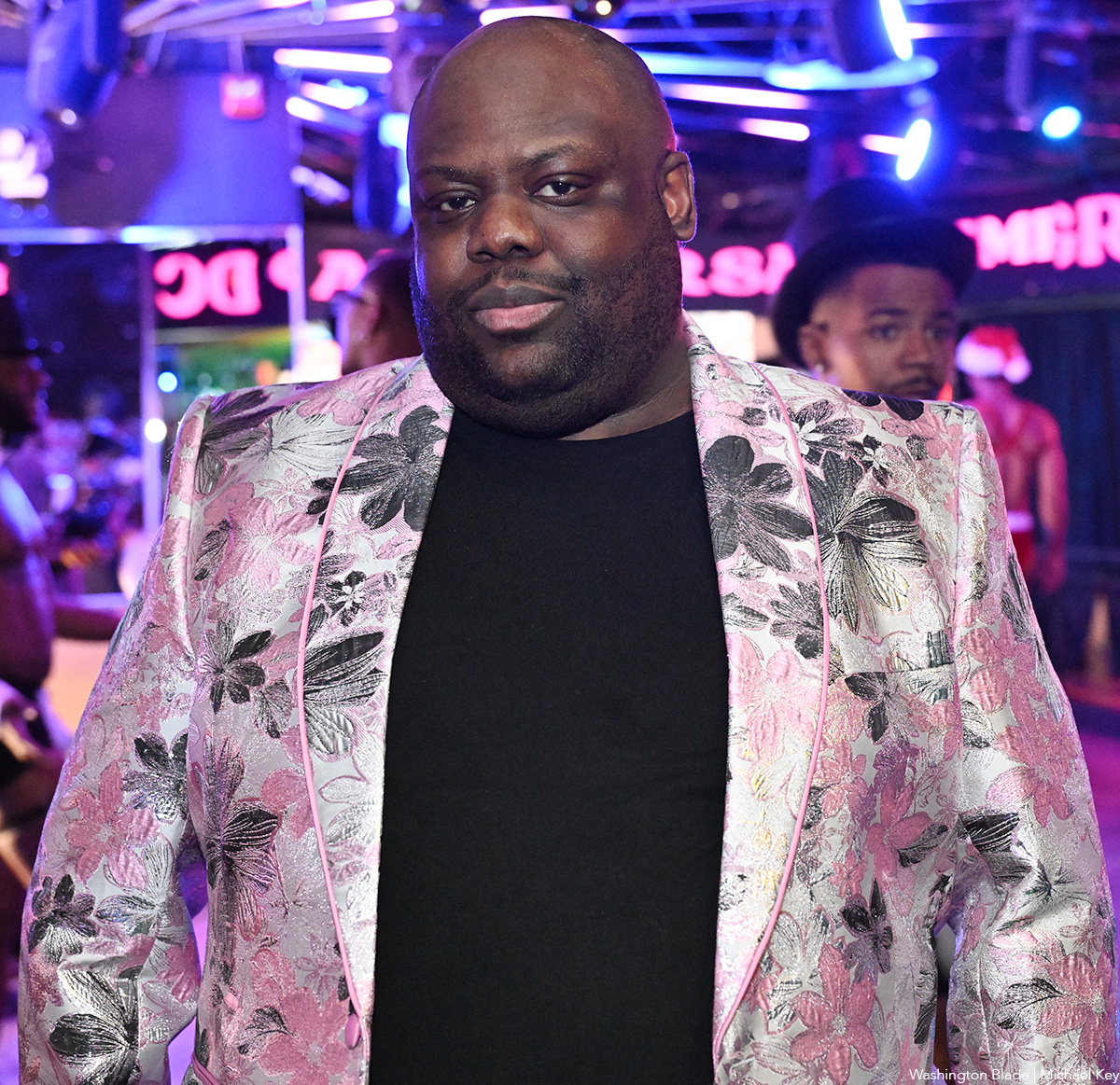

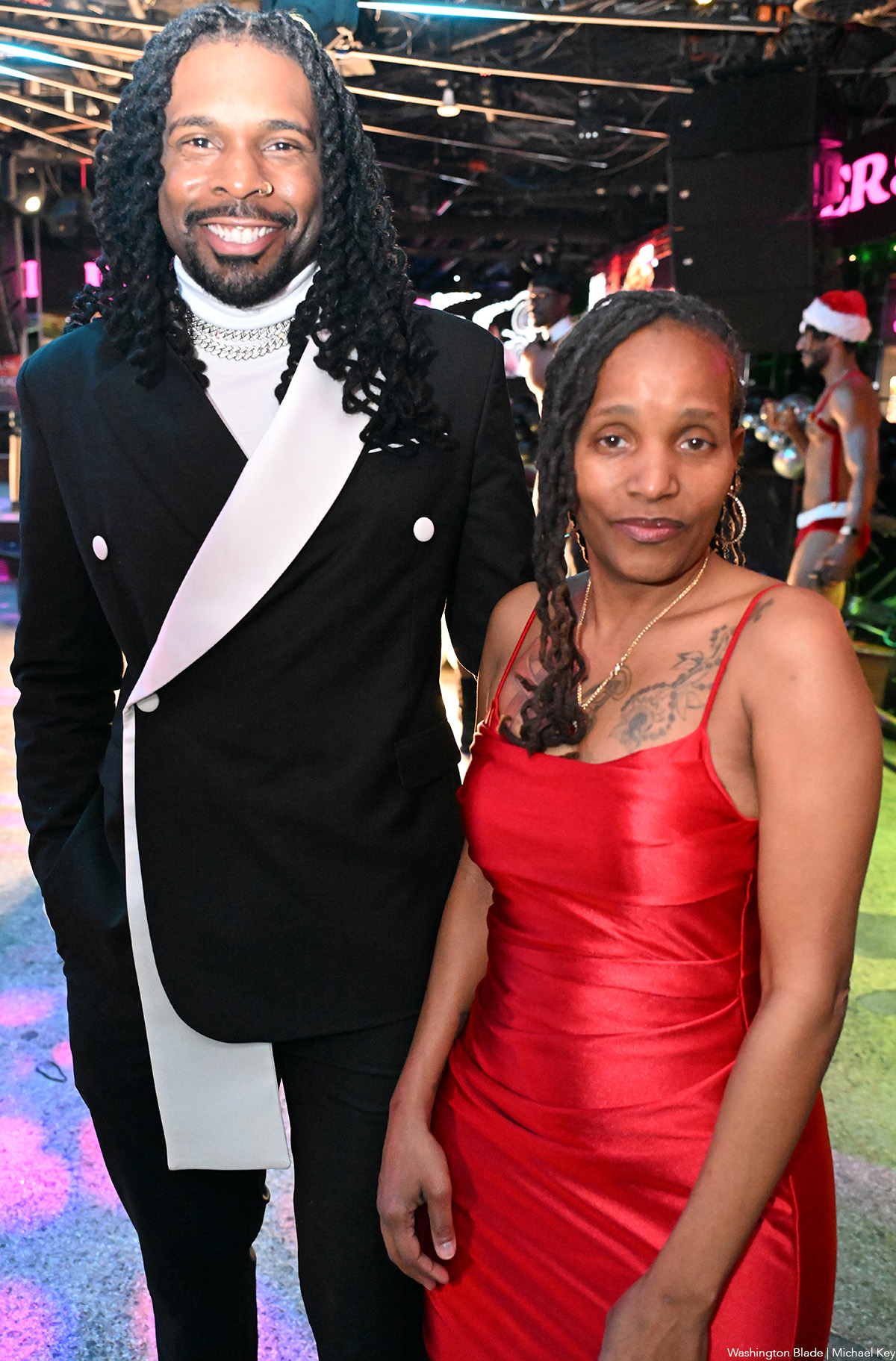
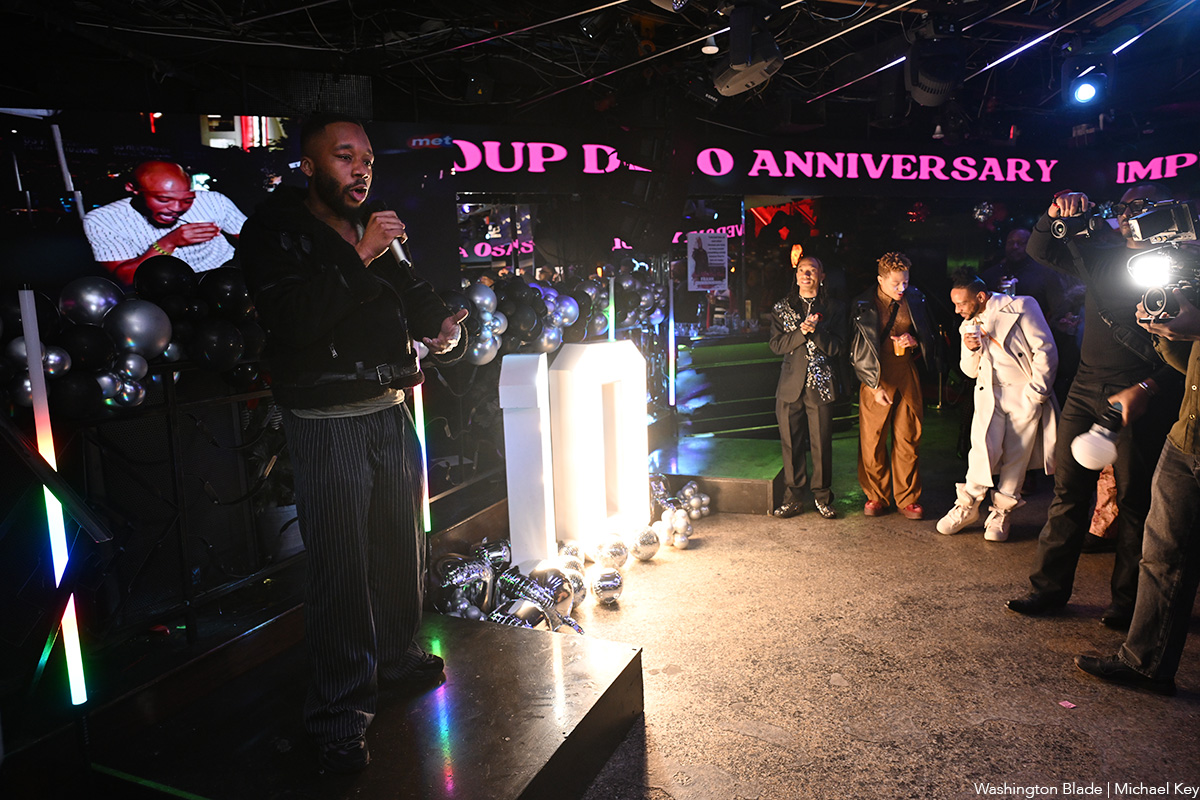
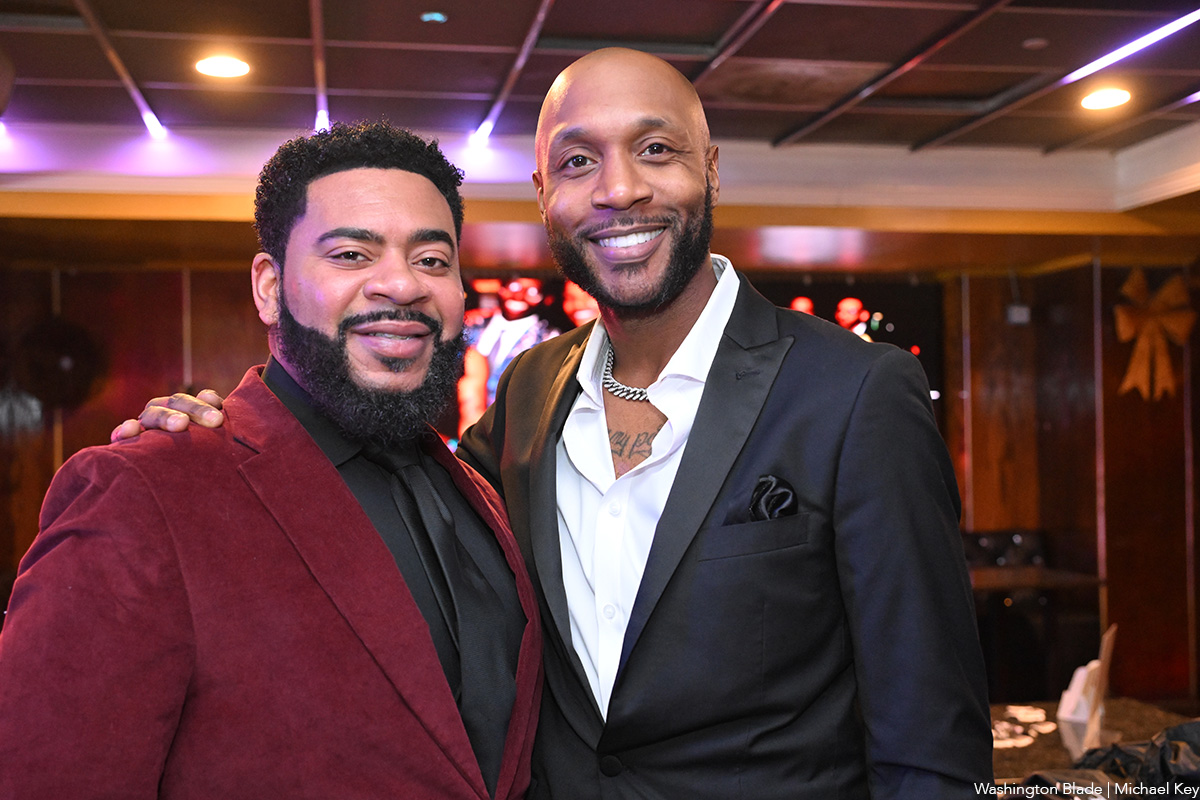
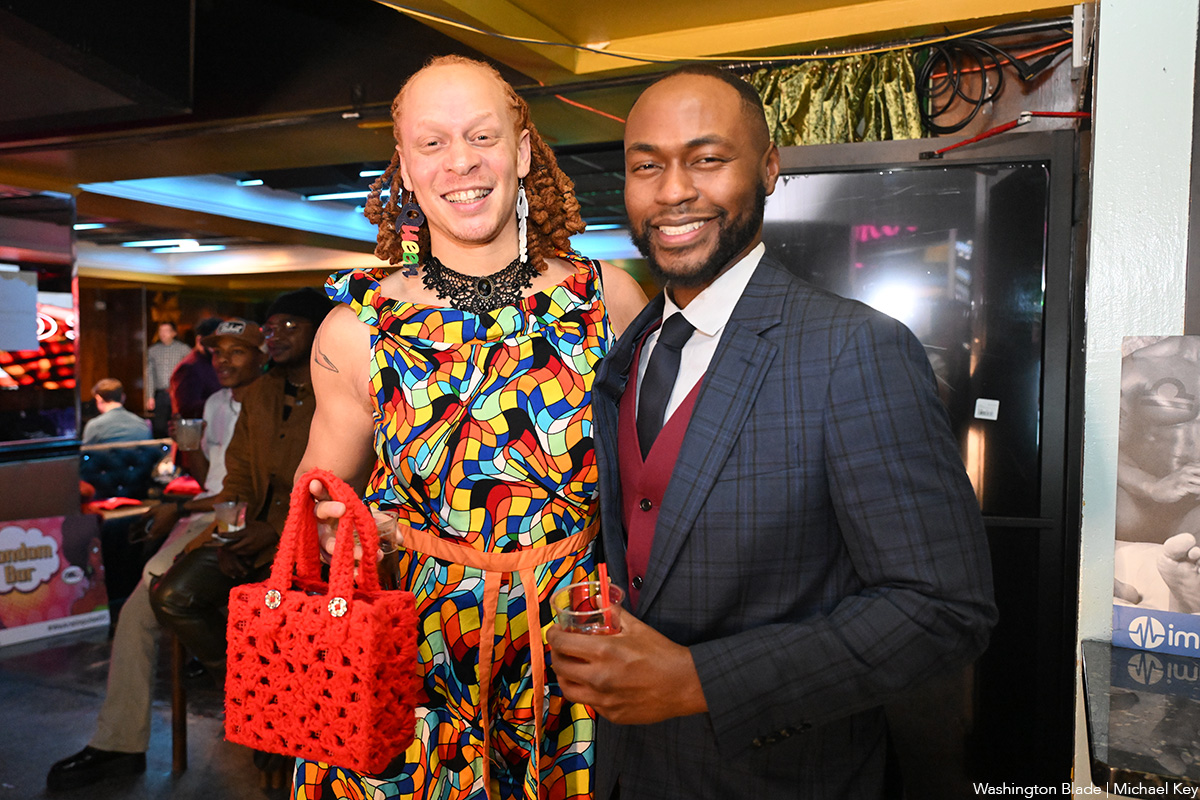
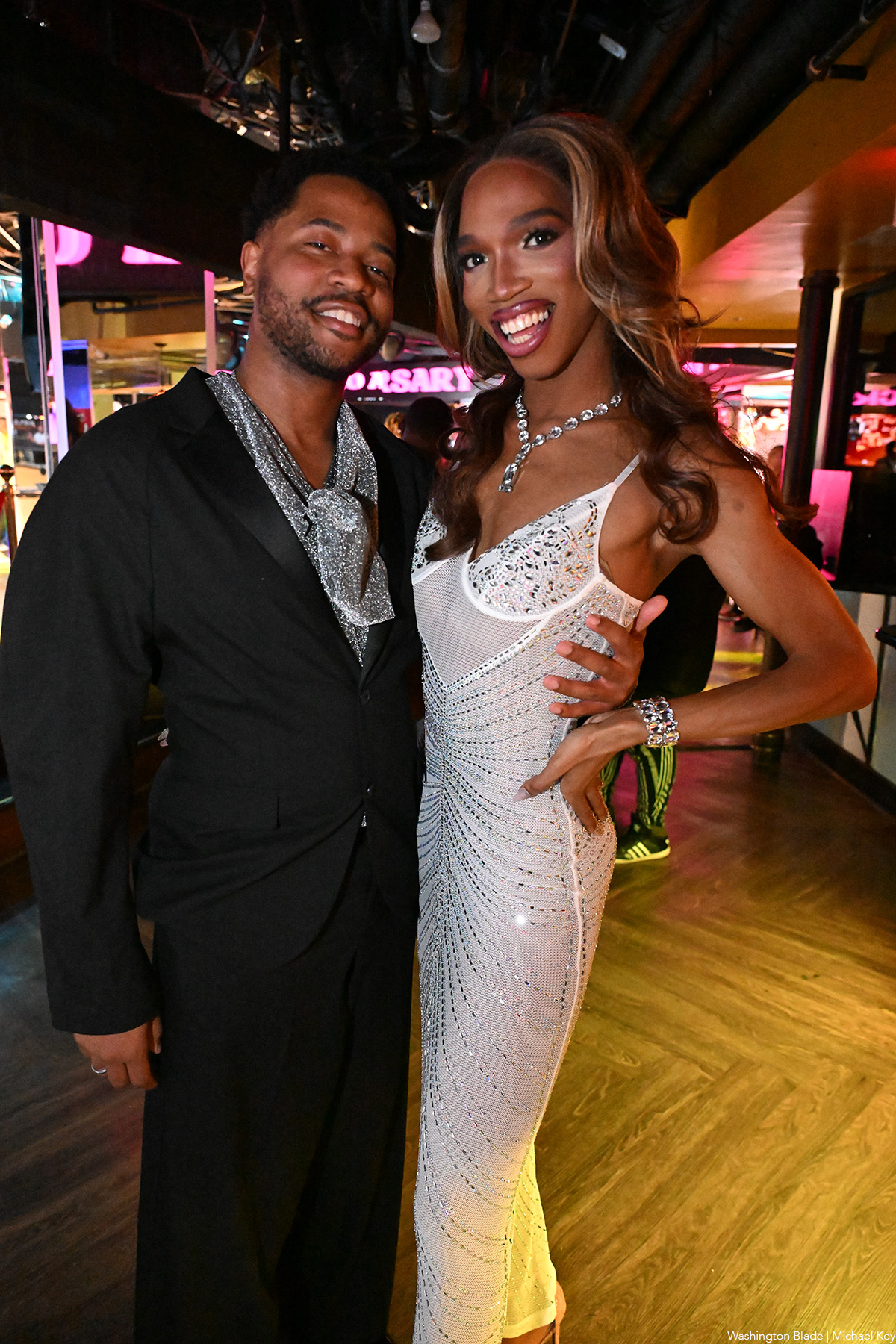
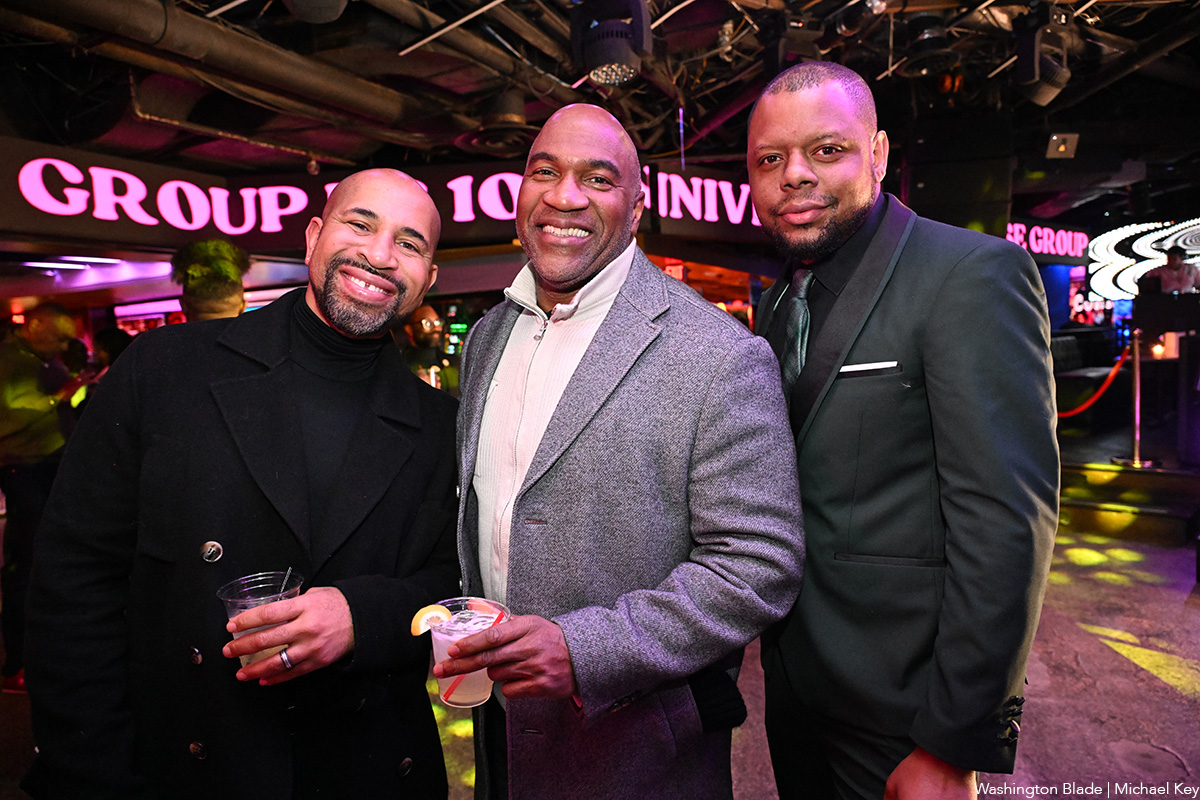
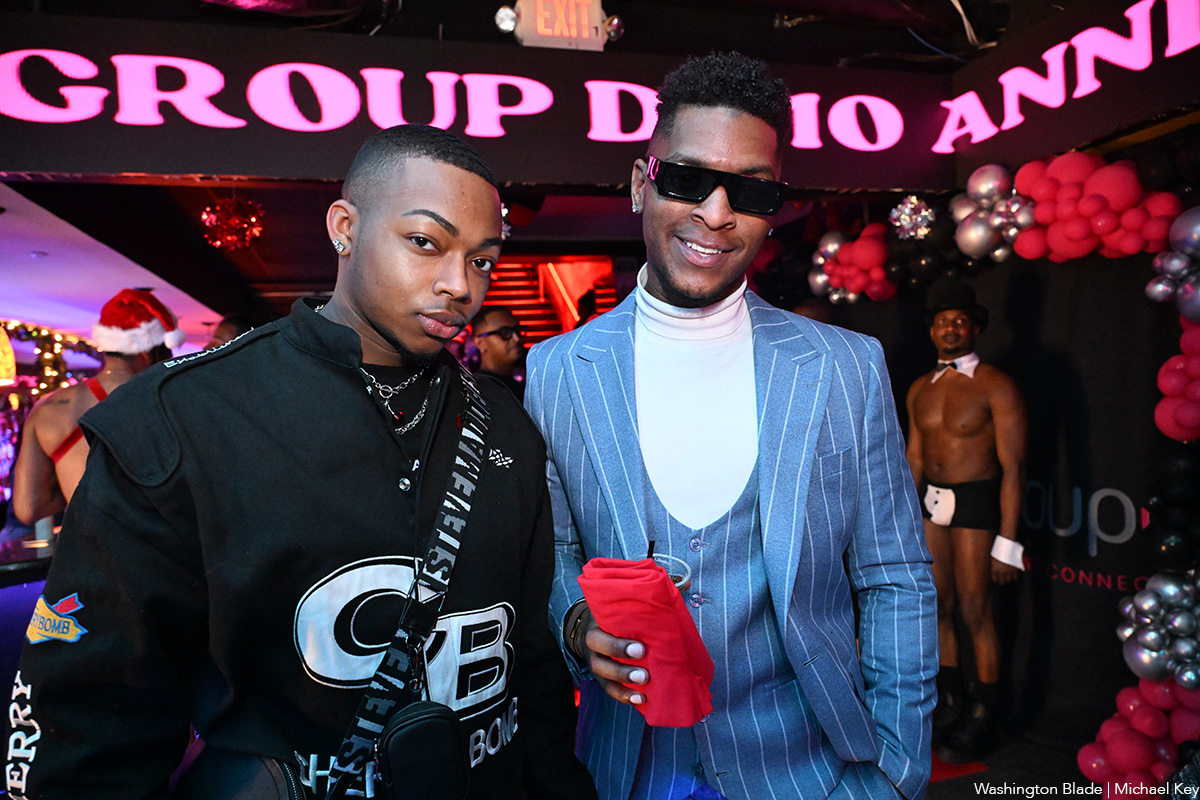
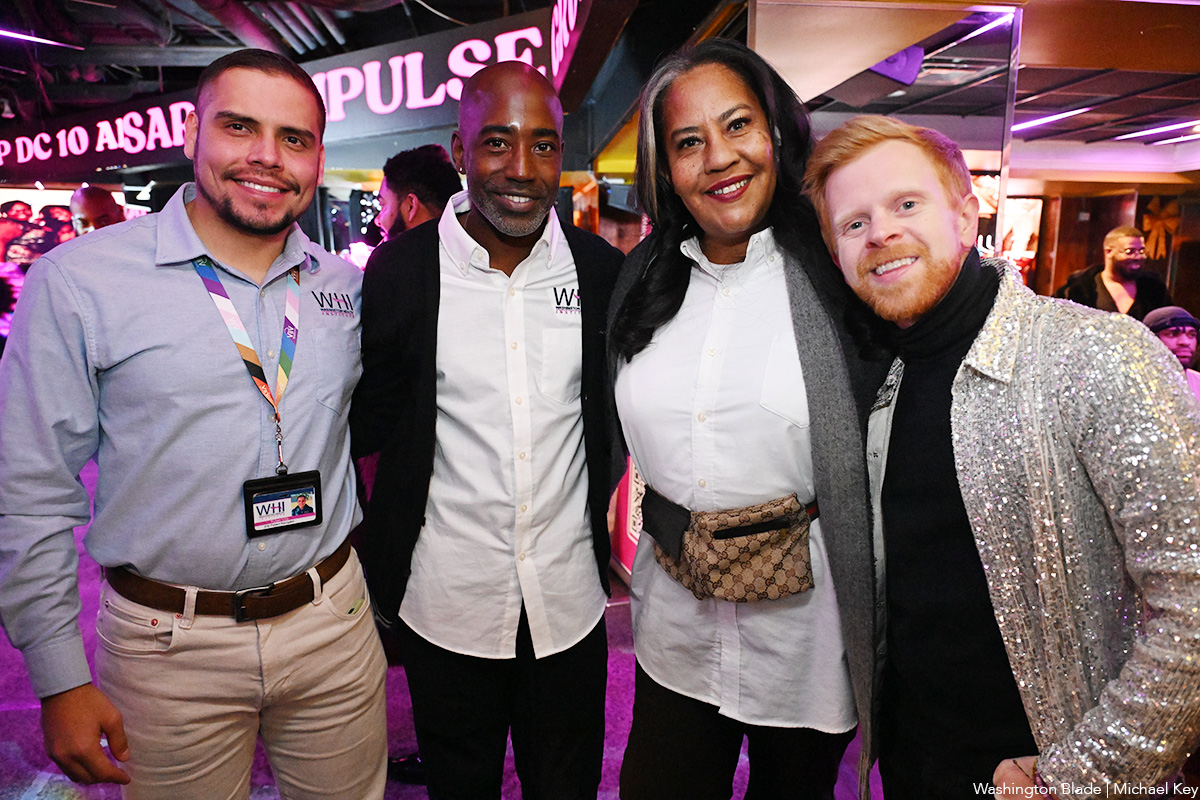
-

 Politics4 days ago
Politics4 days agoLGBTQ Democrats say they’re ready to fight to win in 2026
-

 District of Columbia4 days ago
District of Columbia4 days agoBrian Footer suspends campaign for Ward 1 D.C. Council seat
-

 Opinions4 days ago
Opinions4 days agoLighting candles in a time of exhaustion
-

 Opinions3 days ago
Opinions3 days ago2026 elections will bring major changes to D.C. government



